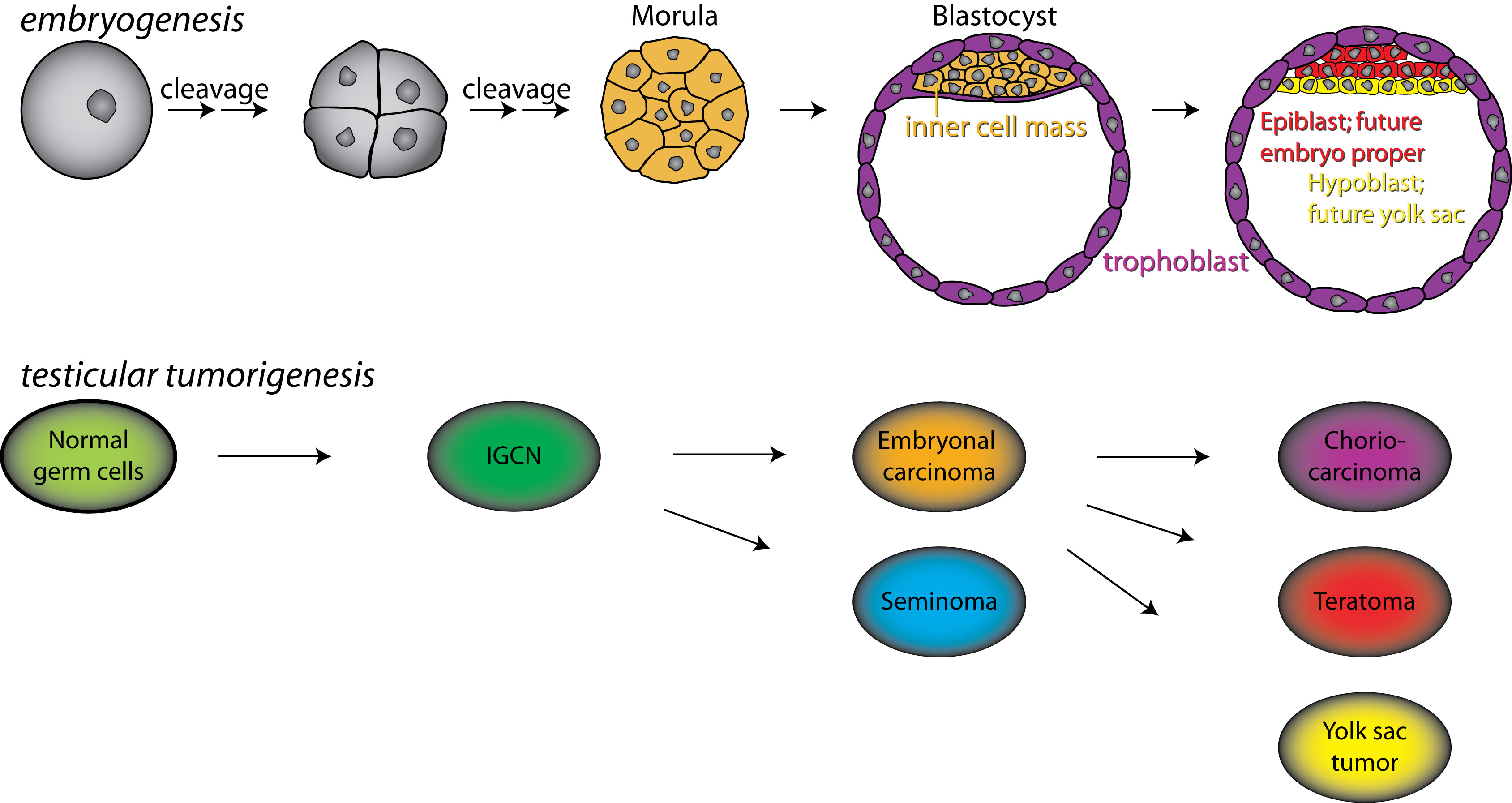E3 ubiquitin ligases in intercellular communication and carcinogenesis
The responsible for the preclinical work on E3 ubiquitin ligases is Dr Edward Leithe, who leads the "Cell Signaling" project group.
Objectives:
1) Define the role of selected E3 ubiquitin ligases in colorectal cancer pathogenesis and their potential as biomarkers.
2) Identify and functionally characterize E3 ubiquitin ligases that regulate intercellular communication via gap junctions in normal and cancerous cells.
Background:
Ubiquitination is a posttranslational modification where ubiquitin, a small globular protein, is covalently conjugated to a target protein. The reaction is a multistep process involving three classes of enzymes, of which the E3 ubiquitin ligases provide specificity to the system by selecting the substrate protein. The E3 ubiquitin ligases interact with and ubiquitinate protein substrates in a temporally and spatially regulated manner, and these processes are frequently deregulated in human cancers. Several E3 ubiquitin ligases represent attractive drug target candidates. Gap junctions consist of intercellular channels that provide for direct cell-to-cell movement of signaling molecules and ionic currents. Gap junctions have important roles in maintaining cellular homeostasis, and loss of these structures during cancer pathogenesis may contribute to increased cell growth and radio- and chemotherapy resistance.
